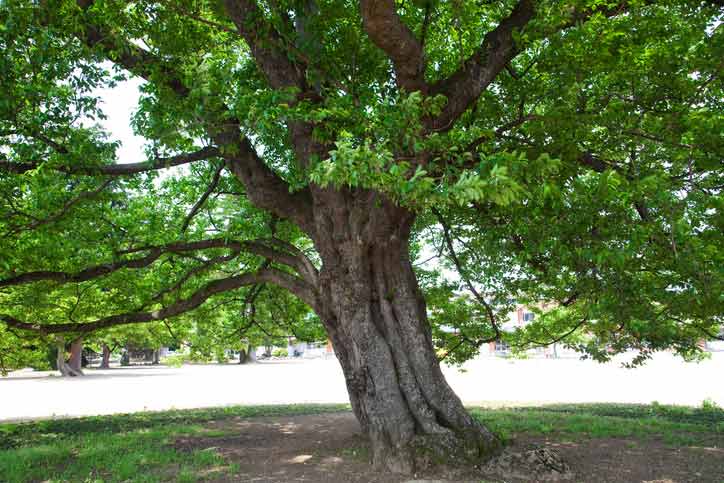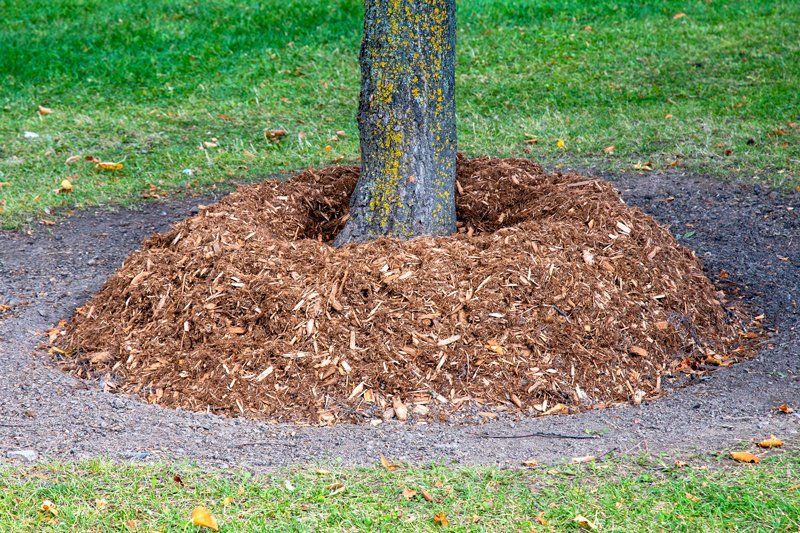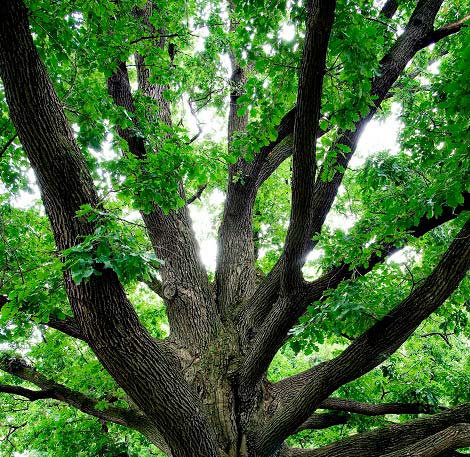4 Tree Diseases to Watch for in Moist Conditions
Fungi and many species of bacteria prefer moist environments. For this reason, when conditions are moist, you need to be on high alert for signs of disease in your trees.
Most tree diseases are caused by moisture-loving fungi and bacteria, so symptoms often first appear after a period of heavy rain or a long stretch of moist, humid days. Below, discover four tree diseases that are particularly common during moist periods.
1. Phomopsis Blight
Phomopsis blight is a fungal infection caused by the species Phomopsis juniperovora. It primarily affects cypress trees, such as red cedar and mountain juniper. However, you should watch all of your evergreens for signs of this disease.
Symptoms usually first appear in the early summer after a long, wet spring. The tips of new shoots begin to die, and then new needles start to turn brown. If the infection is allowed to persist, the fungi may form small, black fruiting bodies on the dead needles.
To keep phomopsis blight under control, prune away all affected branches — sanitizing your shears with rubbing alcohol between cuts. Water your evergreens from the ground, not from overhead, to reduce moisture accumulation on the needles.
2. Fire Blight
Fire blight is an infection caused by the bacterial species Erwinia amylovora. It primarily affects fruit trees such as pear and crabapple, but it can also appear on mountain ash and hawthorn trees. Symptoms tend to appear suddenly in the early spring. Trees develop cankers on their branches or trunks. These cankers seep a light-tan gel that later turns black. Any fruits that appear on the tree shrivel up and turn black as well.
If left unaddressed, fire blight can move through the wood and claim entire branches and kill the whole tree in some cases. Have a tree care expert prune away diseased limbs as soon as you notice symptoms. Also, have copper-based sprays applied to your tree to help reduce the spread of infection.
3. Verticillium Wilt
Verticillium wilt is caused by two related fungal species, Verticillium albo-atrum and Verticillium dahliae. Many common varieties of trees are susceptible, including ash, elm, maple, sumac, oak, and catalpa. The fungi that cause the disease spread through the soil. Trees can develop symptoms at any time, but symptoms are often first noticed after a cool, wet period.
Verticillium wilt causes the tree's leaves to turn yellow and wilt. Usually, symptoms initially appear on just one or two branches before later spreading through the tree. Some cases are fatal, and the tree dies within months. Other cases can be managed by providing the tree with fertilizer and trimming away heavily infected branches. Fungicides are not effective in treating verticillium wilt.
4. Anthracnose
Anthracnose is a common fungal disease that can affect any tree species. Different species of fungi cause anthracnose in different trees. For example, Discula fraxinea causes the condition in ash trees, and Stegophora ulmea causes it in elm trees. The primary symptom of anthracnose is irregularly shaped brown lesions on the leaves. Lower leaves that are closest to the trunk tend to be the most affected, as these leaves are the wettest.
Anthracnose is not life-threatening — it is mostly a cosmetic problem. You can manage most cases by trimming away the badly infected branches, cleaning up leaves and other debris near the base of the tree, and always watering the tree from the ground rather than from up above.
If you notice any worrisome symptoms on your trees during or following a bout of wet weather, contact McClain's Tree Experts. We offer a variety of tree care services, from trimming to deep root fertilizing. We can also remove any badly infected trees before they become a hazard to your home and family.





